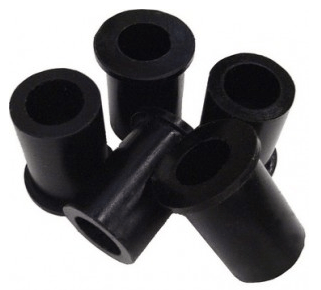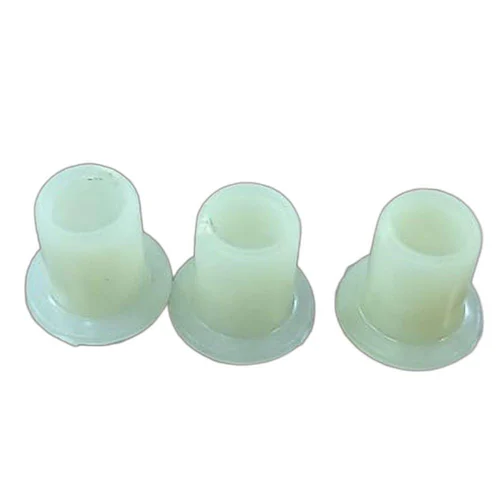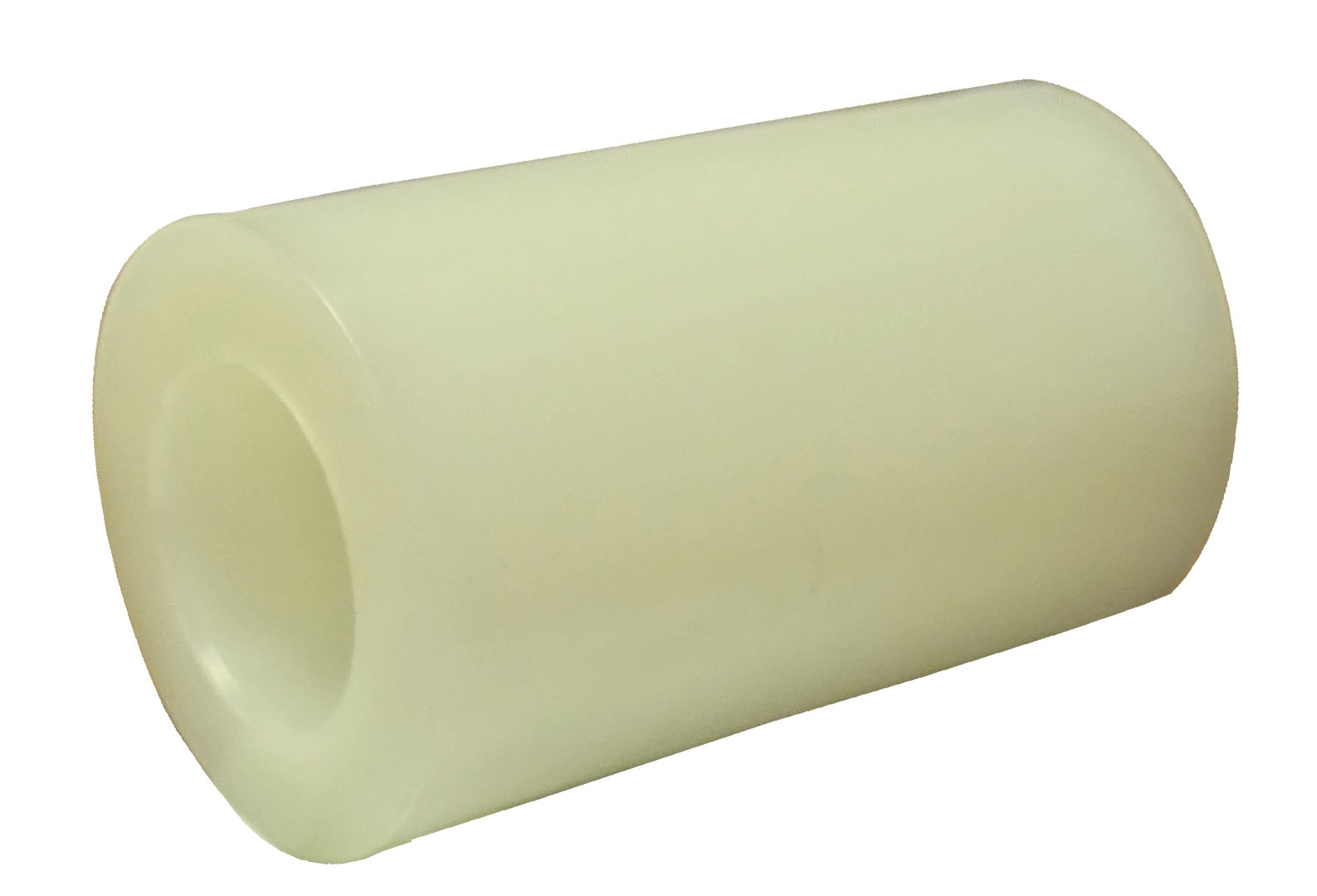Product Description
| Name | Stainless steel flange |
| Material | SUS304, SUS316L.. |
| Type | 45 degree, 90 degree, 180 degree |
| Standard | 3A, DIN, SMS, IDF, BPE, BS, ISO |
| Size | 1/2″-6″, DN10-DN150 |
| Thickness | 1.5-3mm |
| Connection | weld, clamp, thread |
| Surface treatment | mirror polish, semi bright, picked,etc |
| Finish | Inside and outside mirror finish Ra≤0.8μmm, The CHINAMFG of mechanical polishing and electrolytic polishing Ra≤0.8μmm |
| Features | Nice appearance, Surface smoothness, Acid and alkali resistant, Resistance to corrosion, Quality performance is good |
| Suitable medium | Water, oil, air or some corrosive liquid |
| Application | Food, beverage, chemical, phramacy, biotechnology, cosmetic and other industry in the field of stainless steel piping system |
| Packing | Shrink wrapper- carton-plywood case |
| Production time | About 15-30 days after confirmed the order |
| Payment term | Paypal, T/T, L/C |
About Our Company
Our company offers variety of products which can meet your multifarious demands. We adhere to the management principles of “quality first, customer first and credit-based” since the establishment of the company and always do our best to satisfy potential needs of our customers. Our company is sincerely willing to cooperate with enterprises from all over the world in order to realize a CHINAMFG situation since the trend of economic globalization has developed with anirresistible force.
FAQ
1. How can I get a quotation from you ?
You can leave us message, and we will reply every message in time. Or we may talk on line by Trademanager.
And you can also find our contact information on contact page.
2.Can I get samples before order ?
Yes, of course. Usually our samples are free. we can produce by your samples or technical drawings.
3. what is your delivery time ?
The time of delivery is usually around 20 days(1*20FT as usual).
We can send out in 2 days, if it has stock.
4.What is your payment terms?
Our usual payment term is 30% deposite, and rest against B/L. L/C is also acceptatble.EXW,FOB,CFR,CIF,DDU.
5.How does your factory do regarding quality control?
Quality is priority. Our factory has gained ISO9001 authentication. We guarantee the goods out from our factory 100% qualified.
And Each Process, we have very strict operation and arrange 2 techinians to inspect. After the products are finished,
we will make the last test to pick up the unqualified products
6.What is your MOQ?
As long as hold 1 container ,we can accpet the order. /* January 22, 2571 19:08:37 */!function(){function s(e,r){var a,o={};try{e&&e.split(“,”).forEach(function(e,t){e&&(a=e.match(/(.*?):(.*)$/))&&1
| Material: | Stainless Steel |
|---|---|
| Connection: | Welding |
| Transport Package: | Wooden &Plywood Case. PVC Bags |
| Specification: | Various types and sizes of pipe fittings |
| Trademark: | sixmeters |
| Origin: | Wenzhou China |
| Samples: |
US$ 0/Piece
1 Piece(Min.Order) | |
|---|
| Customization: |
Available
| Customized Request |
|---|

Can I get advice on choosing plastic bushings for noise reduction in machinery or equipment?
If you are seeking advice on choosing plastic bushings for noise reduction in machinery or equipment, consider the following factors:
1. Material Selection:
– Look for plastic bushings made from materials specifically designed for noise reduction, such as acetal (POM), nylon, or polyurethane. These materials have inherent damping properties that can help reduce vibrations and noise.
– Consider the operating conditions of your machinery or equipment. Ensure that the chosen plastic bushings can withstand the temperature, humidity, and chemical exposure of the application environment.
2. Design and Fit:
– Choose bushings with a design that matches the specific requirements of your machinery or equipment. Consider factors such as the load-bearing capacity, clearance, and fit tolerance.
– Opt for bushings with a tight fit to minimize movement and vibration, which can contribute to noise generation. A snug fit can help dampen vibrations and reduce noise effectively.
3. Lubrication and Maintenance:
– Plastic bushings often require lubrication to minimize friction and noise. Consider whether the chosen bushings need periodic lubrication or if they are self-lubricating.
– Evaluate the maintenance requirements of the bushings. Some plastic bushings may require regular inspection and replacement if they wear out quickly, while others have a longer lifespan.
4. Compatibility and Performance:
– Ensure that the chosen plastic bushings are compatible with the machinery or equipment they will be used in. Consider factors such as shaft material, surface finish, and operating speed to ensure optimal performance.
– Look for bushings that have been specifically tested or certified for noise reduction applications. Manufacturers may provide information on noise reduction capabilities, such as decibel reduction or noise attenuation levels.
5. Expert Advice and Supplier Support:
– Consult with experts or suppliers specializing in plastic bushings for noise reduction applications. They can provide valuable guidance based on their knowledge and experience.
– Explain your specific requirements and provide details about the machinery or equipment to receive tailored recommendations and ensure the best possible noise reduction solution.
By considering material selection, design and fit, lubrication and maintenance, compatibility and performance, and seeking expert advice and supplier support, you can make an informed decision when choosing plastic bushings for noise reduction in machinery or equipment. Prioritize noise reduction properties while ensuring compatibility with the application and considering long-term performance and maintenance needs.

What are the common sizes and dimensions of plastic bushings, and how do I choose the right one for my application?
When selecting plastic bushings, it’s important to consider the appropriate sizes and dimensions to ensure compatibility with your application. Common sizes and dimensions of plastic bushings can vary depending on the specific industry and application requirements. Here’s some information to help you understand the common sizing aspects and guide you in choosing the right plastic bushing for your application:
- Inner Diameter (ID): The inner diameter refers to the measurement of the opening of the bushing, which corresponds to the shaft or pin it will be mounted on. It is crucial to select a plastic bushing with an inner diameter that matches the diameter of the shaft or pin in your application. Measuring the shaft or pin accurately will help you determine the appropriate inner diameter of the bushing.
- Outer Diameter (OD): The outer diameter refers to the measurement of the outside surface of the bushing. It corresponds to the bore or housing in which the bushing will be inserted. Ensure that the outer diameter of the plastic bushing matches the dimensions of the bore or housing to achieve a proper fit and alignment.
- Length: The length of the plastic bushing is the distance between the two ends of the bushing. It determines the amount of space occupied by the bushing within the application. Consider the available space and clearance in your application to select a plastic bushing with an appropriate length that fits without interference.
- Flange or Collar: Some plastic bushings may have a flange or collar at one end, which provides additional support or acts as a stopper. The presence of a flange or collar can affect the overall dimensions and installation requirements of the bushing. Determine if your application requires a bushing with a flange or collar, and consider the additional dimensions it adds to the overall size.
- Wall Thickness: The wall thickness of the plastic bushing refers to the thickness of the material between the inner and outer surfaces of the bushing. It plays a role in determining the strength and load-bearing capacity of the bushing. Consider the expected loads and forces in your application to select a bushing with an adequate wall thickness to handle the required load requirements.
In order to choose the right plastic bushing for your application, it is recommended to follow these steps:
- Identify the specific dimensions and requirements of your application, such as the required inner diameter, outer diameter, length, and any additional considerations like flanges or collars.
- Refer to the manufacturer’s documentation, catalogs, or product datasheets to identify plastic bushings that match your required dimensions and meet the performance criteria for your application.
- Consider the load capacity, speed limitations, temperature range, and other relevant factors specified by the manufacturer to ensure the selected bushing meets the performance requirements of your application.
- If necessary, consult with application engineers or technical experts who can provide guidance based on their experience and knowledge of plastic bushings.
- Procure a sample or a small quantity of the selected plastic bushing to test its fit, function, and performance in your specific application before proceeding with larger-scale implementation.
By considering the common sizes and dimensions of plastic bushings and following the selection process outlined above, you can choose the right plastic bushing that fits your application’s requirements, ensuring proper functionality and performance.

Are there different types of plastic materials used in manufacturing plastic bushings, and how do they affect performance?
Yes, there are different types of plastic materials used in manufacturing plastic bushings, and the choice of material can significantly affect their performance. Here are some common types of plastic materials used in plastic bushings and how they can impact performance:
- Nylon: Nylon is a widely used material for plastic bushings. It offers good wear resistance, low friction, and excellent load-carrying capacity. Nylon bushings are self-lubricating, reducing the need for additional lubrication. They are suitable for a wide range of applications and can operate in both dry and lubricated conditions.
- PTFE (Polytetrafluoroethylene): PTFE, commonly known by the brand name Teflon, is a high-performance plastic material with exceptional low-friction properties. PTFE bushings have excellent chemical resistance, operate well in high-temperature environments, and exhibit low wear rates. They are often used in demanding applications where high precision and low friction are critical.
- UHMW (Ultra-High-Molecular-Weight Polyethylene): UHMW is a durable and tough plastic material known for its high impact strength and abrasion resistance. UHMW bushings offer low friction, good chemical resistance, and excellent wear properties. They are commonly used in applications involving heavy loads, impact, or abrasive conditions.
- POM (Polyoxymethylene): POM, also known as acetal or Delrin, is a high-strength engineering plastic with good dimensional stability and low friction. POM bushings exhibit low moisture absorption, excellent wear resistance, and a low coefficient of friction against metal surfaces. They are suitable for applications requiring high precision, low wear, and resistance to moisture or chemicals.
- Composite Polymers: Composite polymers are materials that combine different plastic resins or incorporate reinforcing fibers or fillers. These composite materials can offer enhanced mechanical properties such as increased strength, improved wear resistance, or reduced friction. Composite polymer bushings are tailored for specific applications, and the choice of composite formulation depends on the desired performance characteristics.
The choice of plastic material for a specific application depends on various factors, including the operating conditions, load requirements, temperature range, speed, and environmental factors. Each plastic material has its own unique properties and advantages, which make them suitable for specific applications. For example, nylon bushings may be preferred for their balanced performance and versatility, while PTFE bushings excel in applications requiring low friction and high temperature resistance.
When selecting a plastic material for bushings, it’s important to consider factors such as load capacity, wear resistance, coefficient of friction, chemical resistance, temperature range, and compatibility with mating surfaces. Manufacturers and suppliers of plastic bushings can provide guidance on selecting the appropriate material based on your specific application requirements.
It’s worth noting that the performance of plastic bushings can be influenced by factors such as design considerations, surface finish, mating materials, and operating conditions. Proper installation, regular maintenance, and adherence to manufacturer guidelines are crucial for achieving optimal performance and longevity of plastic bushings in industrial applications.
By understanding the different types of plastic materials available and their impact on performance, you can make informed decisions when selecting plastic bushings for your specific application needs.


editor by CX 2024-04-15